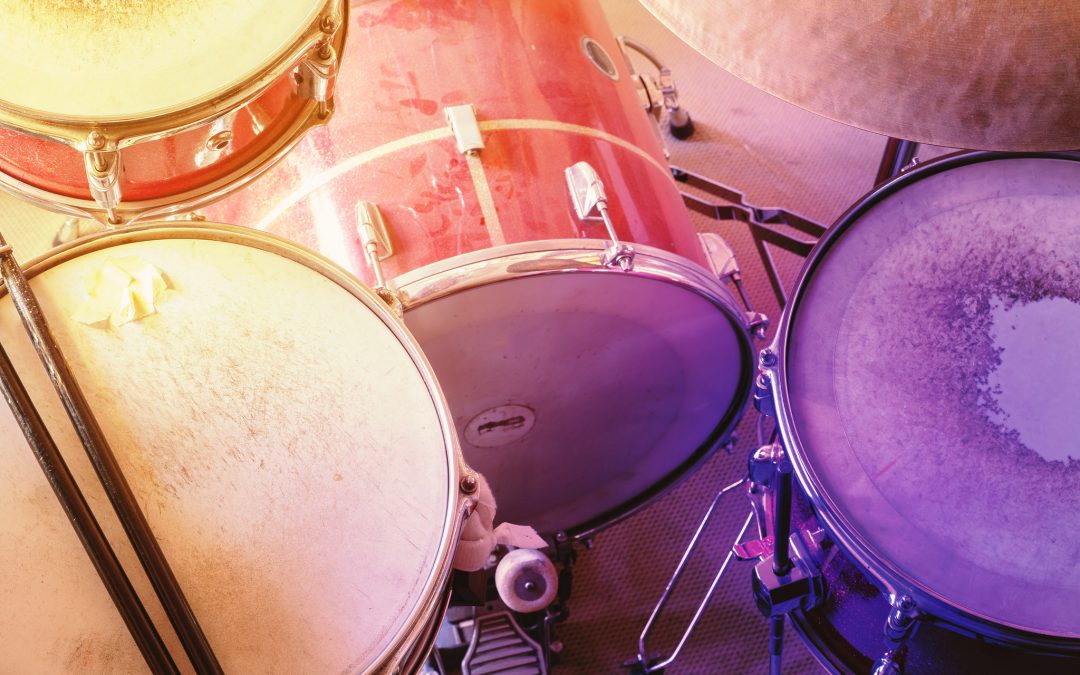Photo Credit: Dejan Krsmanovic
A good drum kit can cost thousands so even if you have had one bought for you, look after it!
Make sure to tell your band mates not to do destructive “rock moves” on it like smashing their instrument on it, standing on the bass drum or jumping into it. They may have seen videos and got ideas, but when you’ve paid a lot of money for your kit, you need to lay out some ground rules with those ‘loose cannon’ band mates.
If you have to share your drums at a gig, you will find that other drummers tend to have respect for a drum kit that is kept in good condition. Either refuse to share your kit, or chat to the other drummers using it and let them know what they can / can’t do. I used to go to a blues jam night and the drummer of the band that played between the random jam sessions said to everyone you are welcome to use my kit, but just don’t move anything. This is completely fair in this instance because that would waste time and be an inconvienience for the drummer when the main band came back on to play. Other drummers will usually resepect any rules you give them.
How to Look After Your Drums Checklist
1. Keep Cymbals and Drum Shells Clean
2. Replace Broken or worn Drum Skins
3. Use protective patches (Evans, Remo and others make them) on your bass drum where the beater makes contact with drum. Never put duckt tape or gaffa tape or ANY other tape on there. It will get sticky when it wears through (only after a few songs) and your beater will start to stick to the drum after a while. This will wreck your drum and bass drum pedal. Replace broken patches immediately, for the same reason.
4. Make sure all cymbal stands have the correct plastic sleeves between cymbal and metal part of stand (may cause cymbal to crack otherwise) and that all wing nuts and protective felts are used. Never have metal contact with any cymbal. If you are sharing someone else’s kit, make sure you take spare plastic sleeves and felts.
5. The clutch for the high hats should have all the parts it came with. If not, replace it. You should also use it correctly – ask your drum teacher or someone in your local drum shop for more information. If you are a touring drummer that shares drums with other bands, you may come across a drummer that has a really bad clutch on their kit. Always bring your own clutch for this occurance. You will know what we mean when you come across one of those drummers. Don’t be one of them!!
6. If you share your drums with anyone at a show, make sure they bring and use their own cymbals, stands, snare and bass drum pedal. In return, you should bring these ‘breakables’ with you when sharing someone else’s drums.
7. Always set up your drums on carpet or a drum mat to prevent slippage of the drums. If they slip, your drums may scratch and be put in positions that damage them.
8. Transport your drums in soft or hard cases.
9. Transport your cymbals in soft or hard cases.
10. Consider having a practice kit (including a second set of cymbals) set up at home or in your rehearsal room, and having a gig kit in boxes ready to go. This is a lot easier, and also reduces wear and tear on the drum kit, and cymbals.


